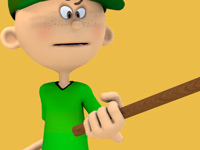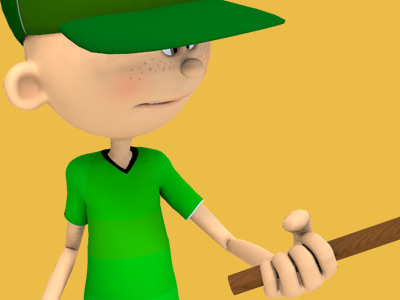Rules of Polo
The rules of polo are written and used to provide for the safety of both players and horses. The rules are enforced in the game by the umpires who blow whistles when a penalty occurs. Strategic plays in polo are based on the "line of the ball", an imaginary line created by the ball as it travels down the field. This line traces the ball's path and extends past the ball along that trajectory. The line of the ball defines rules for players to approach the ball safely. These rules are created and enforced to ensure the welfare of players and their horses. The "line of the ball" changes each time the ball changes direction. The player who hit the ball generally has the right of way, and other players cannot cross the line of the ball in front of that player. As players approach the ball, they ride on either side of the line of the ball giving each access to the ball. A player can cross the line of the ball when it does not create a dangerous situation. Most fouls and penalty shots are related to players improperly crossing the line of the ball or the right of way. When a player has the line of the ball on his right, he has the right of way. A "ride-off" is when a player moves another player off the line of the ball by making shoulder-to-shoulder contact with the other players’ horses.
The defending player has a variety of opportunities for his team to gain possession of the ball. He can push the opponent off the line or steal the ball from the opponent. Another common defensive play is called "hooking." While a player is taking a swing at the ball, his opponent can block the swing by using his mallet to hook the mallet of the player swinging at the ball. A player may hook only if he is on the side where the swing is being made or directly behind an opponent. A player may not purposely touch another player, his tack or pony with his mallet. Unsafe hooking is a foul that will result in a penalty shot being awarded. For example, it is a foul for a player to reach over an opponent's mount in an attempt to hook.
The other basic defensive play is called the bump or ride-off. It's similar to a body check in hockey. In a ride-off, a player rides his pony alongside an opponent's mount in order to move an opponent away from the ball or to take him out of a play. It must be executed properly so that it does not endanger the horses or the players. The angle of contact must be safe and can not knock the horses off balance, or harm the horses in any way. Two players following the line of the ball and riding one another off have the right of way over a single man coming from any direction.
Like in hockey or basketball, fouls are potentially dangerous plays that infringe on the rules of the game. To the novice spectator, fouls may be difficult to discern. There are degrees of dangerous and unfair play and penalty shots are awarded depending based on the severity of the foul and where the foul was committed on the polo field. White lines on the polo field indicate where the mid-field, sixty, forty and thirty yard penalties are taken.
The official set of rules and rules interpretations are reviewed and published each year by each country's polo association. Most of the smaller associations follow the rules of the Hurlingham Polo Association, the national governing body of the sport of polo in the United Kingdom.
SPORTS

RESOURCES
This article uses material from the Wikipedia article "Polo", which is released under the Creative Commons Attribution-Share-Alike License 3.0.
© Stories Preschool. All Rights Reserved.









